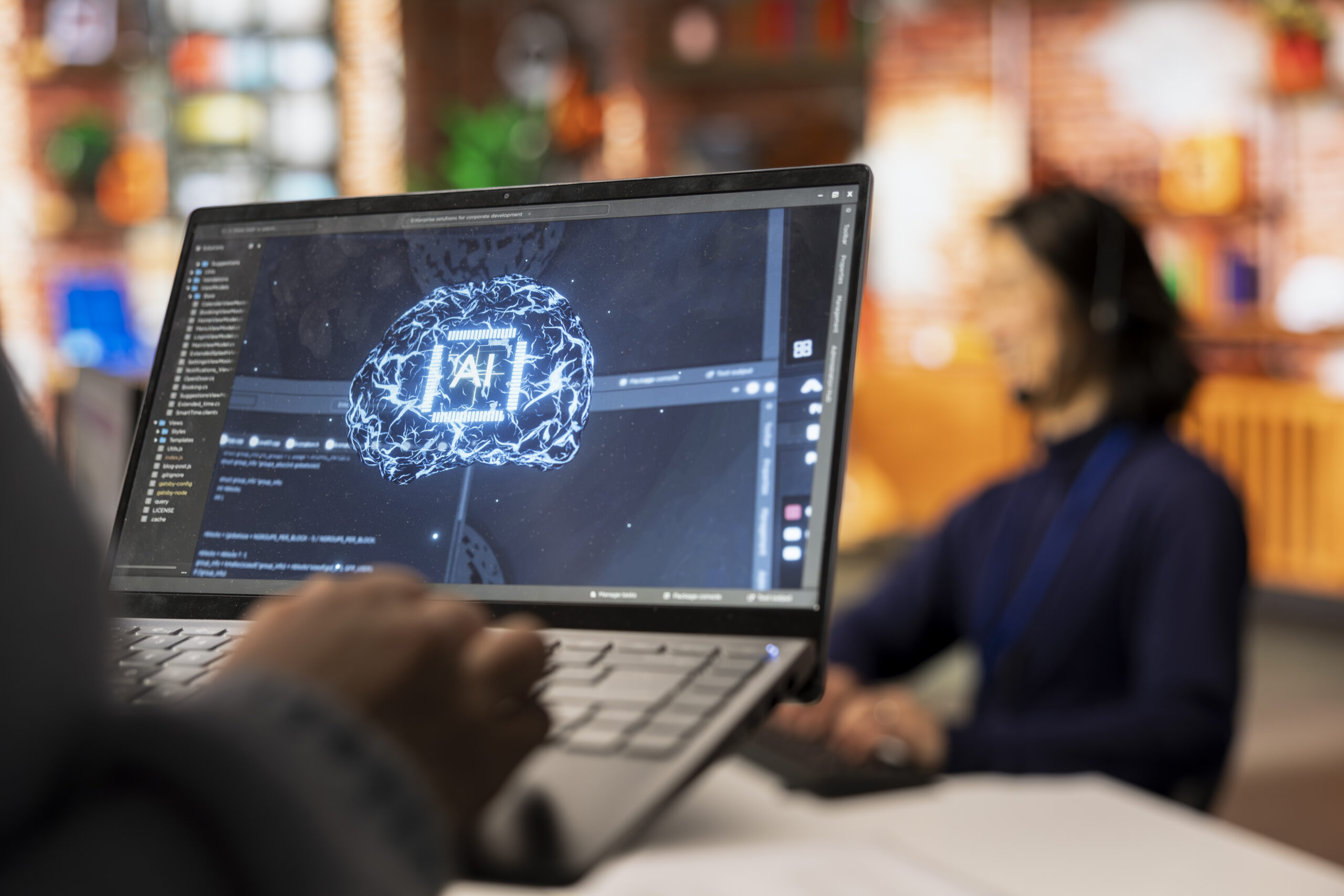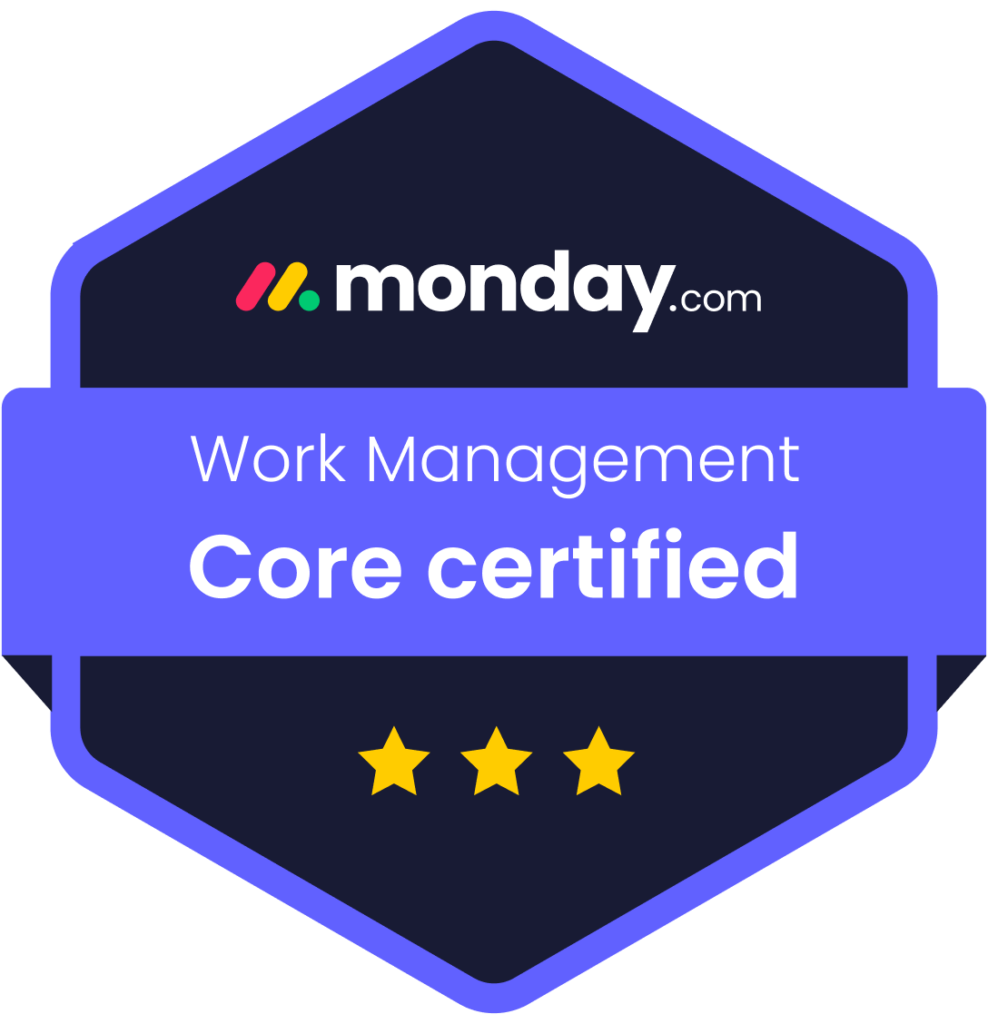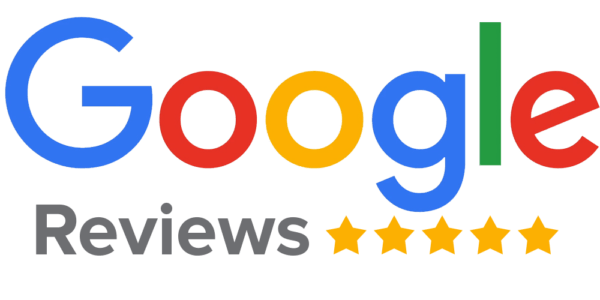Running a photography business in Connecticut offers exciting opportunities to capture life’s most beautiful moments. However, if your website isn’t ranking on Google, those opportunities may not be translating into clients. Search engine optimization (SEO) is crucial to ensuring your business appears when potential clients search for photography services. Let’s explore why your Connecticut photography business might not be ranking on Google and how to address these issues.
Lack of Mobile Optimization
One of the most common reasons why your photography business isn’t ranking well is that your website isn’t optimized for mobile devices. As of 2024, mobile optimization is a major ranking factor for Google. With more than half of global web traffic coming from mobile devices, Google prioritizes sites that offer a seamless experience on smartphones and tablets.
How Mobile Optimization Impacts Your Ranking
Google uses mobile-first indexing, meaning the search engine primarily looks at the mobile version of your site when determining rankings. If your photography website is not mobile-friendly, Google might rank it lower, especially if your competitors have optimized their sites for mobile. A slow, clunky, or poorly designed mobile site can frustrate users, leading to high bounce rates, which negatively impacts your SEO performance.
Steps to Optimize for Mobile
- Use a responsive design that adjusts to various screen sizes.
- Compress images and videos to improve load times (which is particularly important for photography websites).
- Ensure your navigation is simple and user-friendly on mobile devices.
- Optimize fonts, buttons, and interactive elements for mobile users.
Poor Local SEO Optimization
As a photographer, most of your clients are likely from nearby areas, which makes local SEO vital. Google rewards businesses that provide accurate and relevant information about their location. If your website lacks local SEO signals, potential clients in your area may never find you.
Why Local SEO Matters
Local SEO helps your photography business rank higher in location-based searches, such as “Connecticut wedding photographer” or “portrait photography near me.” Optimizing for local search ensures you appear in Google’s local search results and maps, making it easier for clients in Connecticut to find you.
Tips for Improving Local SEO
- Claim and optimize your Google Business Profile with accurate information (address, phone number, and hours).
- Use location-specific keywords throughout your website (e.g., “Connecticut photographer” or “Hartford event photography”).
- Add location pages to target multiple areas within Connecticut.
- Collect and encourage reviews from past clients to boost credibility and trust.
Insufficient Keyword Targeting
Keyword optimization is essential to ensuring that your website aligns with what potential clients are searching for. If your photography business website lacks keyword-optimized content, it’s likely being overlooked by Google.
Common Keyword Mistakes
Photographers often make the mistake of targeting overly broad keywords, such as “photographer” or “portrait photography,” which are highly competitive and challenging to rank for. Focusing on niche or long-tail keywords specific to your services and location can yield better results, such as “Connecticut maternity photographer” or “New Haven family photography sessions.”
How to Perform Keyword Research
- Identify Your Target Audience: Are your clients engaged couples, families, or businesses? Tailor your keywords accordingly.
- Use SEO Tools: Use tools like Google Keyword Planner, Ahrefs, or Ubersuggest to find relevant long-tail keywords with lower competition.
- Incorporate Keywords Naturally: Integrate these keywords into your website content, blog posts, image alt text, and meta descriptions.
By using a strategic approach to keyword targeting, your site will rank higher and attract more qualified leads.
Low-Quality or Thin Content
Photography websites often suffer from thin content—a lack of detailed information that adds value to potential clients. While showcasing your portfolio is essential, relying solely on images without meaningful text can harm your search engine ranking.
Why Content Matters for SEO
Google rewards sites with high-quality, informative content that answers users’ questions. A page filled with images and little text may not provide the context Google needs to understand what your site is about. Moreover, without content, your website is missing out on valuable opportunities to incorporate keywords that can improve your ranking.
Strategies for Improving Content
- Add a Blog: Regularly publishing blog posts about your photography services, tips for clients, or behind-the-scenes stories will keep your site fresh and engaging. Use each post as an opportunity to target different keywords.
- Service Pages: Create dedicated pages for each type of photography you offer (e.g., wedding, newborn, corporate), providing detailed descriptions of your process and the value you bring.
- Client Testimonials: Incorporate testimonials from past clients. These not only add credibility but can also help with keyword optimization.
Slow Website Load Speed
Site speed is another crucial ranking factor and a common issue that affects photography websites due to the large number of high-resolution images. Google prioritizes fast-loading sites because they provide a better user experience. If your site takes too long to load, potential clients may leave before even seeing your portfolio, which also increases your bounce rate.
How to Improve Your Site Speed
- Compress Images: Use tools like TinyPNG or JPEG-Optimizer to reduce the file size of your photos without compromising quality.
- Use a Content Delivery Network (CDN): CDNs can help distribute your website’s content across multiple servers to improve load times for users across various locations.
- Optimize Code: Minimize unnecessary code in your website’s backend, which can improve load speeds.
Ignoring On-Page SEO Elements
Your site might be beautifully designed, but if it lacks basic on-page SEO elements, it will be difficult for Google to index and rank your site effectively.
Key On-Page SEO Elements to Focus On
- Title Tags: Ensure each page has a unique, keyword-optimized title tag.
- Meta Descriptions: Write compelling meta descriptions that include relevant keywords and encourage users to click through.
- Headers: Use headers (H1, H2, H3) effectively to organize content and include keywords.
- Alt Text for Images: As a photography site, optimizing your image alt text with descriptive, keyword-rich phrases will help improve your site’s visibility in image search results.
Not Leveraging Backlinks
Backlinks—links from other websites to your own—are one of the most influential ranking factors for Google. If your Connecticut photography business isn’t gaining backlinks, it’s likely struggling to build authority in Google’s eyes.
How to Build Backlinks
- Collaborate with Local Businesses: Partner with local wedding planners, event venues, or vendors and ask them to link to your website.
- Guest Blogging: Write articles for other blogs or websites in your niche, such as wedding or lifestyle blogs, and include a link back to your site.
- Get Listed on Local Directories: Ensure your business is listed in local photography directories, Chamber of Commerce sites, or event-planning directories.
Failing to Update Your SEO Strategy
SEO isn’t a set-it-and-forget-it strategy. Google regularly updates its algorithms, and failing to keep up with changes can hurt your rankings. It’s essential to stay updated with the latest SEO practices, such as optimizing for voice search, user experience, and algorithm changes.
Stay Updated with Algorithm Changes
- Monitor changes in your site traffic using Google Analytics.
- Read up on the latest SEO trends and make adjustments to your strategy as needed.
- Perform regular SEO audits to identify areas for improvement.
Conclusion
Your Connecticut photography business has the potential to thrive, but failing to address key SEO issues can prevent it from reaching its full audience. By optimizing your website for mobile users, improving local SEO, targeting the right keywords, and ensuring your content adds value, you can improve your Google rankings. Additionally, boosting site speed, building backlinks, and keeping up with SEO trends will ensure your business stays competitive in the digital landscape.













